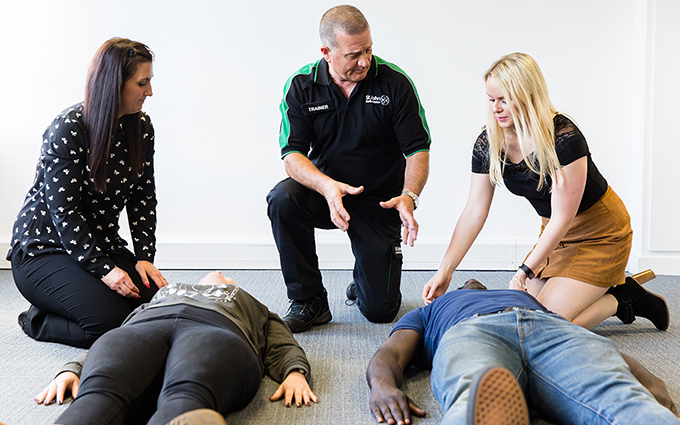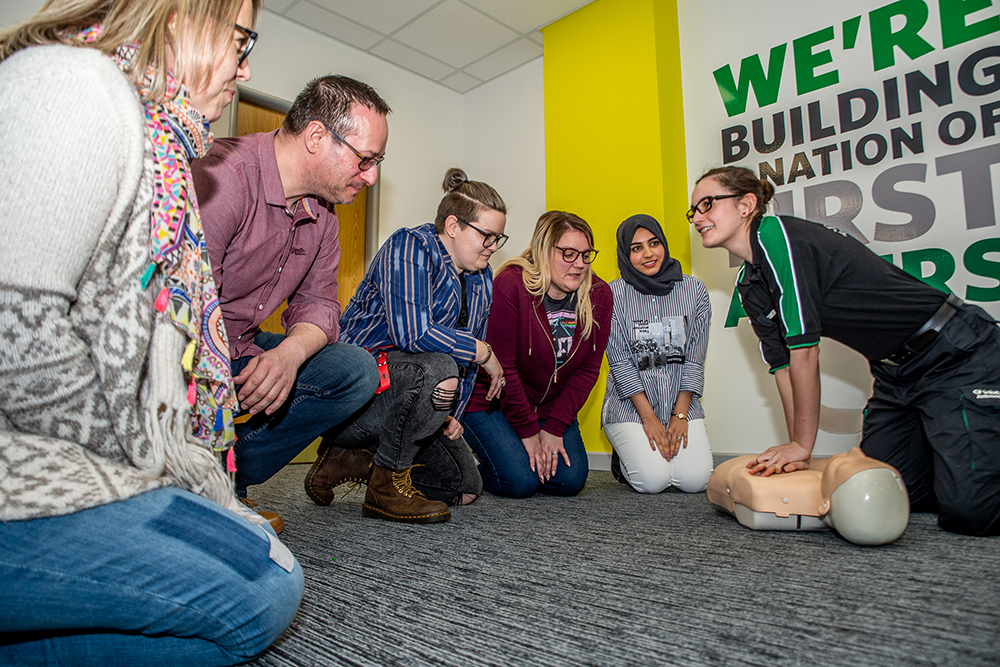Discover why workplace first aid makes the biggest difference
First aid is a critical element of any workplace health strategy, with more organisations increasingly aware of the need to support employee health. But how do they begin?
In our recent LinkedIn Live event, St John Ambulance brought together experts and employee first aiders to discuss the essential role of first aid and mental health support in today's workplace. The session highlighted practical steps for creating safer, more supportive environments and managing physical or mental health emergencies.
Here are the key takeaways from our panel on navigating physical health at work – from basic health and safety to saving a life.
Nothing helps first aiders learn like real-world examples, explained moderator Dr Ellie Cannon as she invited the panel to share their experiences. They discussed their different training paths and how it has boosted their confidence in managing first aid situations and providing effective assistance.
It’s vital, the panellists agreed, that companies have trained first aiders able to deal with different types of physical health scenarios at work – from cardiac events to injuries and existing conditions like epilepsy and asthma. They also emphasised the importance of recognising signs of sudden illness, such as using the FAST (Face, Arms, Speech, Time) test to quickly identify a stroke, and how to help someone experiencing a panic attack or mental health crisis.
Knowing how to cope in the critical minutes before an ambulance arrives is crucial for improving the health outcomes of people in need. Having access to the right equipment and recognising the correct medication, could be just as life-saving as performing CPR.
Sophie McKee, Welcome Host and First Aider at PwC, noted that keeping post-course skills up to date is now easier with the St John app. Andrew Bishop, Group Health, Safety & Compliance Manager at learnd, added that tracking training internally helps maintain the necessary levels of first aid knowledge in-house.
But while the workplace has already come a long way from traditional health and safety set-ups, many businesses still struggle to grasp what first aid truly means.
This will vary from sector to sector, and the level of risk involved at work, added St John First Aid Trainer Alex Lawson-Turner. Office-based scenarios are likely to be relatively low risk on the physical front, while in construction businesses, for example, there is a much higher risk of injury and physical trauma.
But there is no one-size-fits-all workplace first aid strategy, she explained – that’s why St John Ambulance provides a range of packages that can be tailored to any company environment.
Missed the live event? Watch it back now to discover expert first aid insights that might one day help you save a life ▶️



